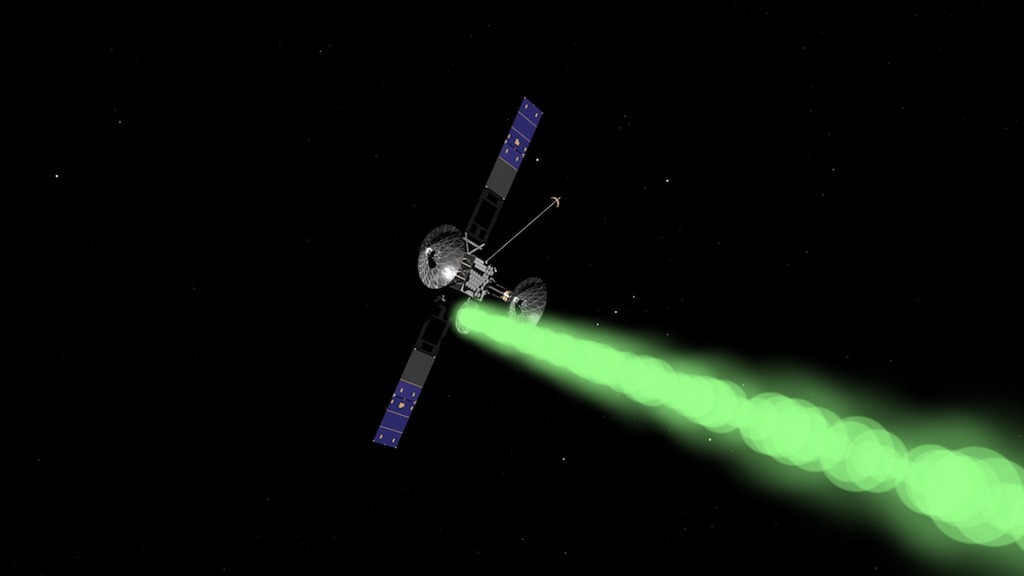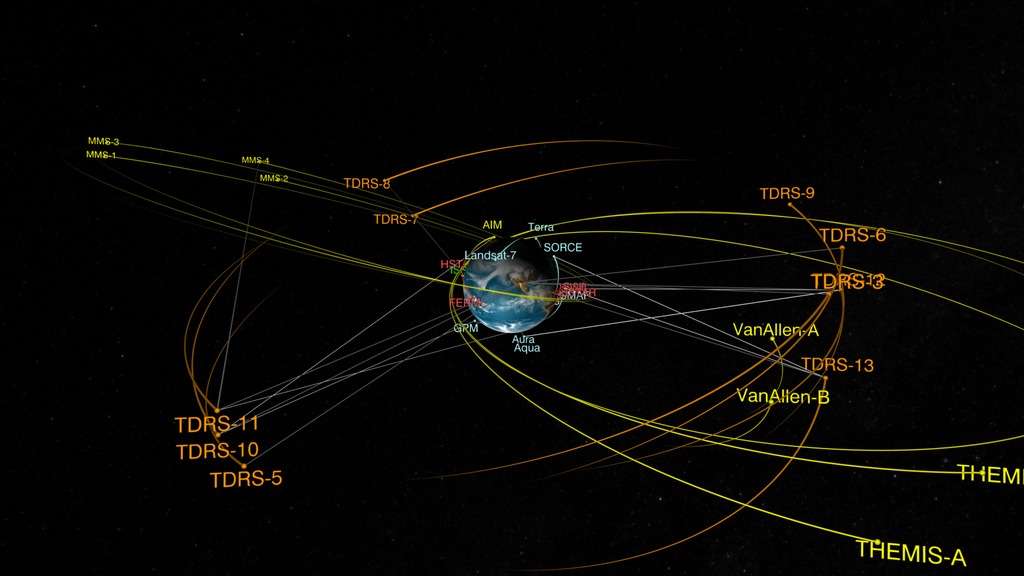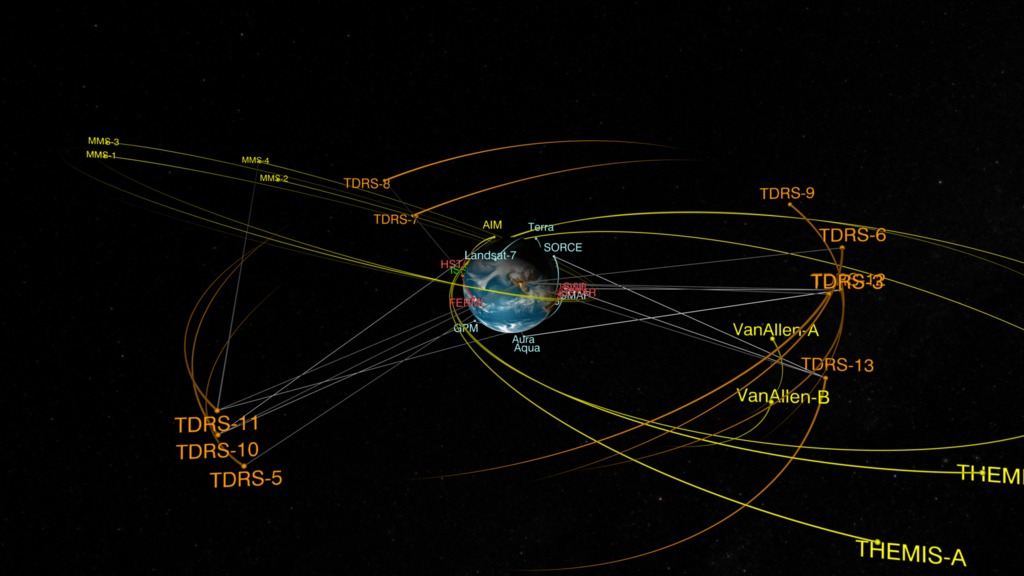TDRS-M: Continuing the Critical Lifeline
The Tracking and Data Relay Satellite (TDRS) project is building the follow-on and replacement spacecraft necessary to maintain and expand NASA’s Space Network. The third satellite of the third generation, TDRS-M, is set to launch in August 2017. TDRS-M will launch from Cape Canaveral Air Force Station in Florida aboard an Atlas V rocket. This satellite will join a constellation of space-based communications satellites providing tracking, telemetry, command and high-bandwidth data return services.
NASA's continuing this legacy by launching the next generation of satellites. With the addition of TDRS-M NASA is assuring the future of continuous space to ground communication.
NASA is preparing to launch the next Tracking and Data Relay Satellite TDRS-M.
TDRS Communication Fleet in 360 Degrees
TDRS Communication Fleet in VR 360 Degrees
David Littmann, TDRS Project Manager
Badri Younes, Deputy Associate Administrator for Space Communication Navigation, (SCaN)
Jeff Gramling, Former TDRS Project Manager
Bruce LeRoy, TDRS Telecommunication Systems Engineer
Robert Buchanan, TDRS Deputy Project Manager
Thomas Williams, TDRS System Engineer
Marlon Enciso, TDRS Spacecraft Integration and Test Manager
TDRS-M B-Roll which consists of testing, shipping and rocket assembly. Along with animations showing launch and deployment of the TDRS satellite and the TDRS communications fleet.
TDRS launch visualization.
This visualization shows the TDRS spacecraft deployment.
This visualization shows the TDRS Communication Fleet
hard at work relaying data from satellite to the ground.
This visualization shows how data from satellites go
through the TDRS Communication Fleet to reach the ground.
Credits
Please give credit for this item to:
NASA's Goddard Space Flight Center
-
Producer
- Stuart A. Snodgrass (KBR Wyle Services, LLC)
-
Animators
- Kel Elkins (USRA)
- Chris Meaney (KBR Wyle Services, LLC)
- Walt Feimer (KBR Wyle Services, LLC)
-
Narrator
-
Video editor
- Stuart A. Snodgrass (KBR Wyle Services, LLC)
-
Videographers
- Rob Andreoli (Advocates in Manpower Management, Inc.)
- John Caldwell (Advocates in Manpower Management, Inc.)
Release date
This page was originally published on Wednesday, August 16, 2017.
This page was last updated on Wednesday, May 3, 2023 at 1:47 PM EDT.


